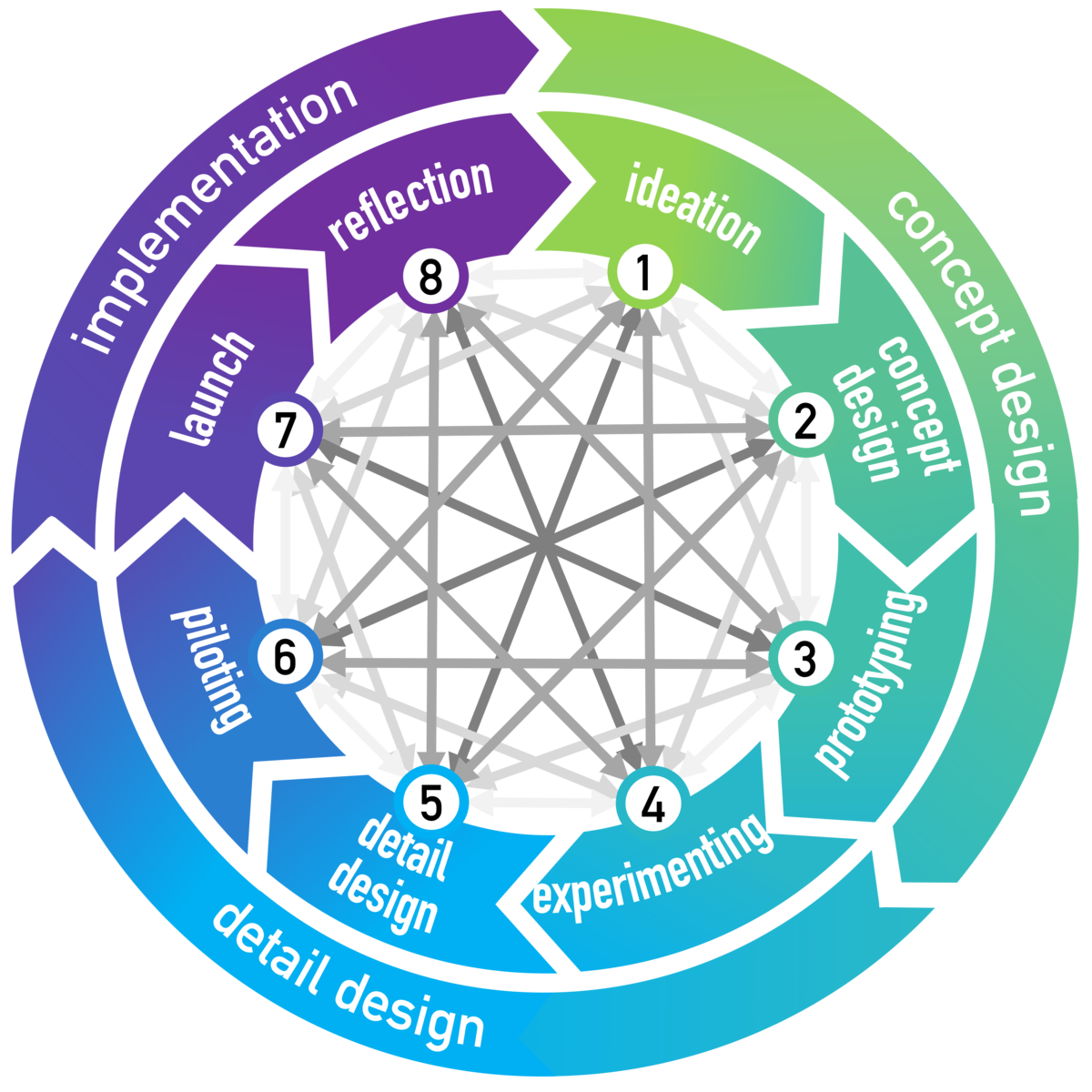Why Business Leaders Must Embrace Digital Adoption?
Businesses understand this and are moving full steam ahead to ensure they are fully digitally equipped. While IT departments primarily work with digital adoption, it’s becoming increasingly clear that business leaders also need to roll up their sleeves and get involved in the company’s digital goals.
Embrace digital adoption
Development of digital thinking
Some leaders embody the qualities highlighted above, while others need to develop such qualities.
Increase self-awareness
As a starting point, leaders should learn what it means to have a digital mindset and then take an honest look at their capabilities in this area. To ensure objectivity, leaders can also ask trusted colleagues for insight into the effectiveness of their digital thinking.
Evaluate the growth mindset
Leaders with a low growth mindset can work to improve their skills in this area, starting with reflection and reframing how they think about their plans and goals.

Cultivate agility
Both agility and strategic thinking can be cultivated through simulations and interactive learning approaches that help leaders deepen their understanding and practice new skills in a safe environment.

Digital transformation strategy
The journey to a fully digital business requires a well-thought-out strategy. Every business should have a unique digital adoption strategy to achieve their goals.

Digital adoption strategy
Achieving successful adoption maximizes user engagement, increases productivity and improves internal processes. All the benefits of digital adoption will also flow through the company into the customer experience.
Business models
Digital adoption opens the door to new business models. New software can create more profitable ways of working. The technology allows the company to collect more accurate information about customer behavior and offer better services.

Business ecosystems
Digitization supports cooperation between companies with similar models. Expanding your network is a great way to stay ahead of the competition and keep up with stakeholder demands.
Organizational culture
Through digitization, organizations are developing a digital-first culture. It means that employees and executives are always ready to adapt to the future of new technologies. Adaptability is critical to successful adoption because it means companies can respond quickly to evolving requirements.
Conclusion
Benefits of adopting more digital technologies are quite clear in terms of business outcomes. Smarter analytical reporting supports smarter strategies and decisions, leading to better profits.









